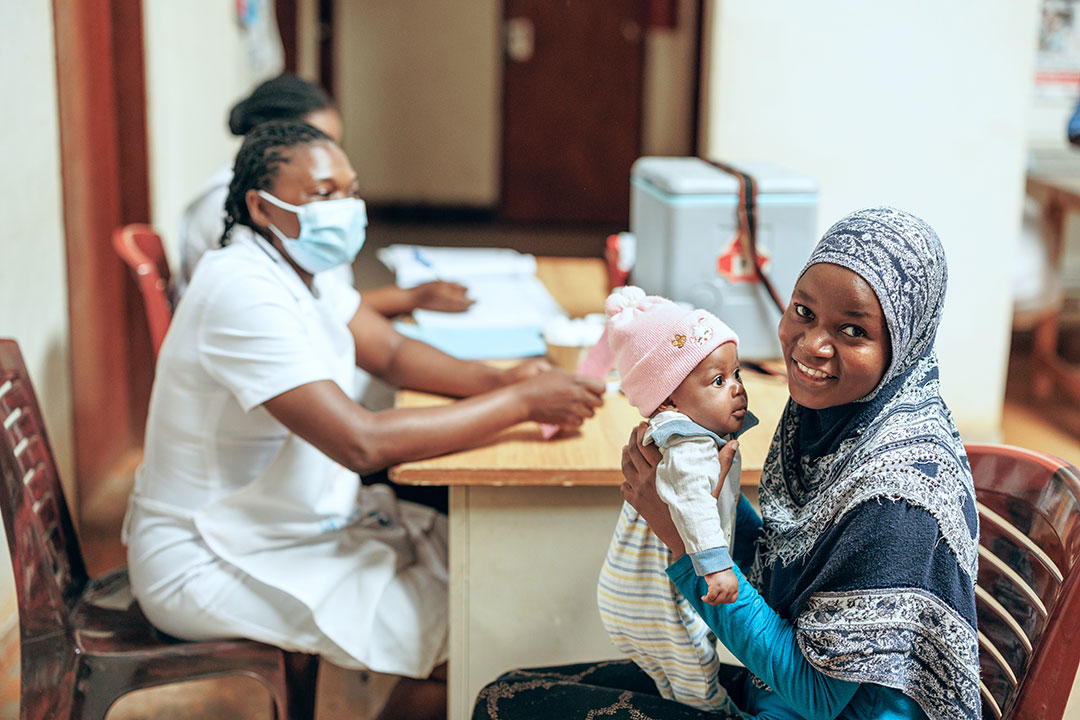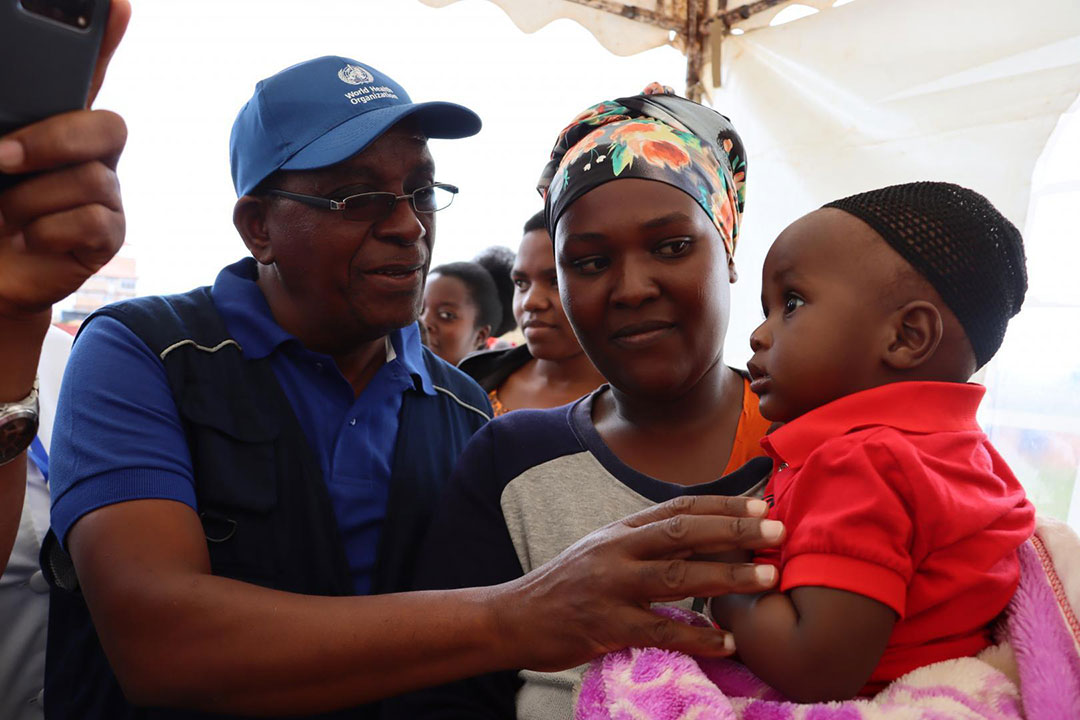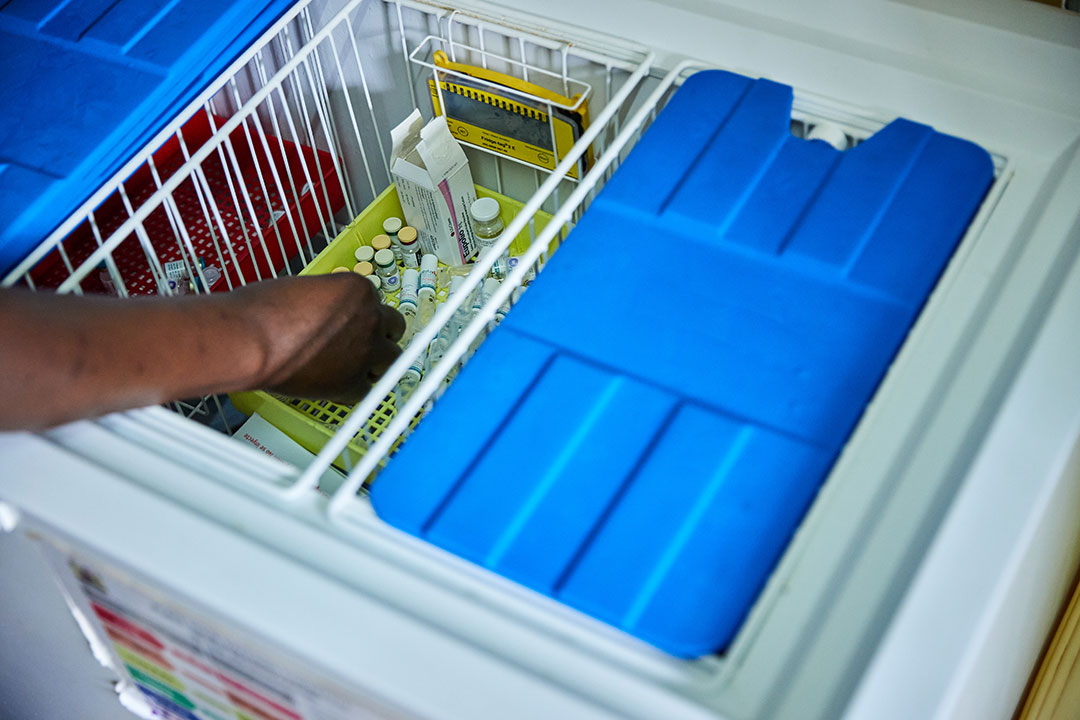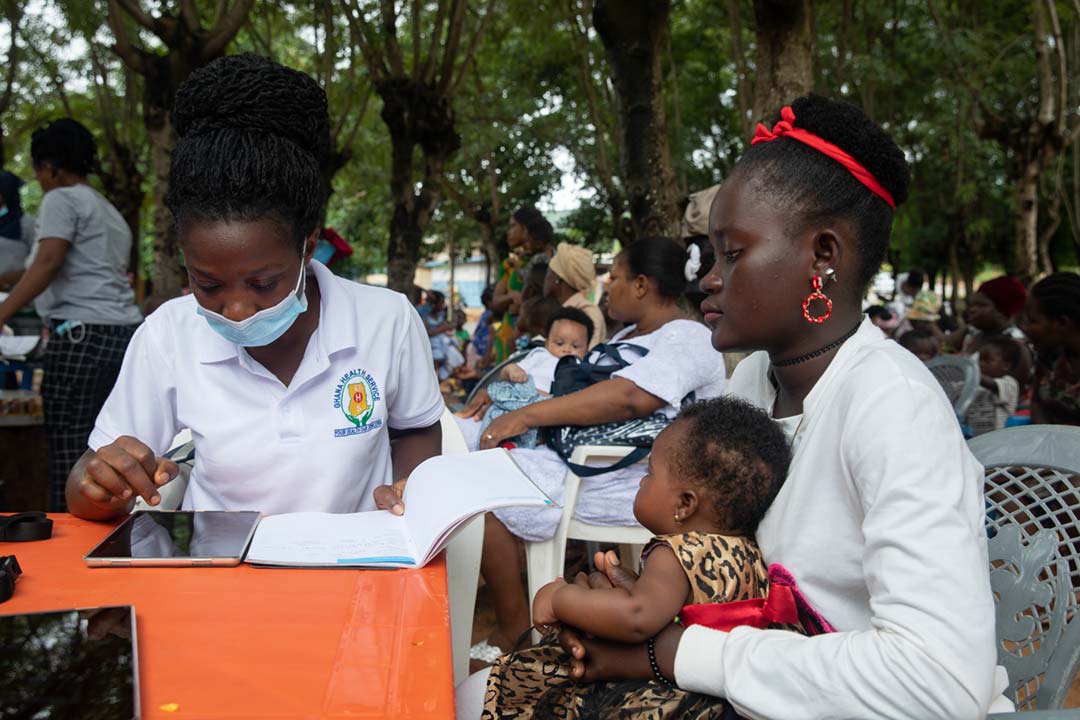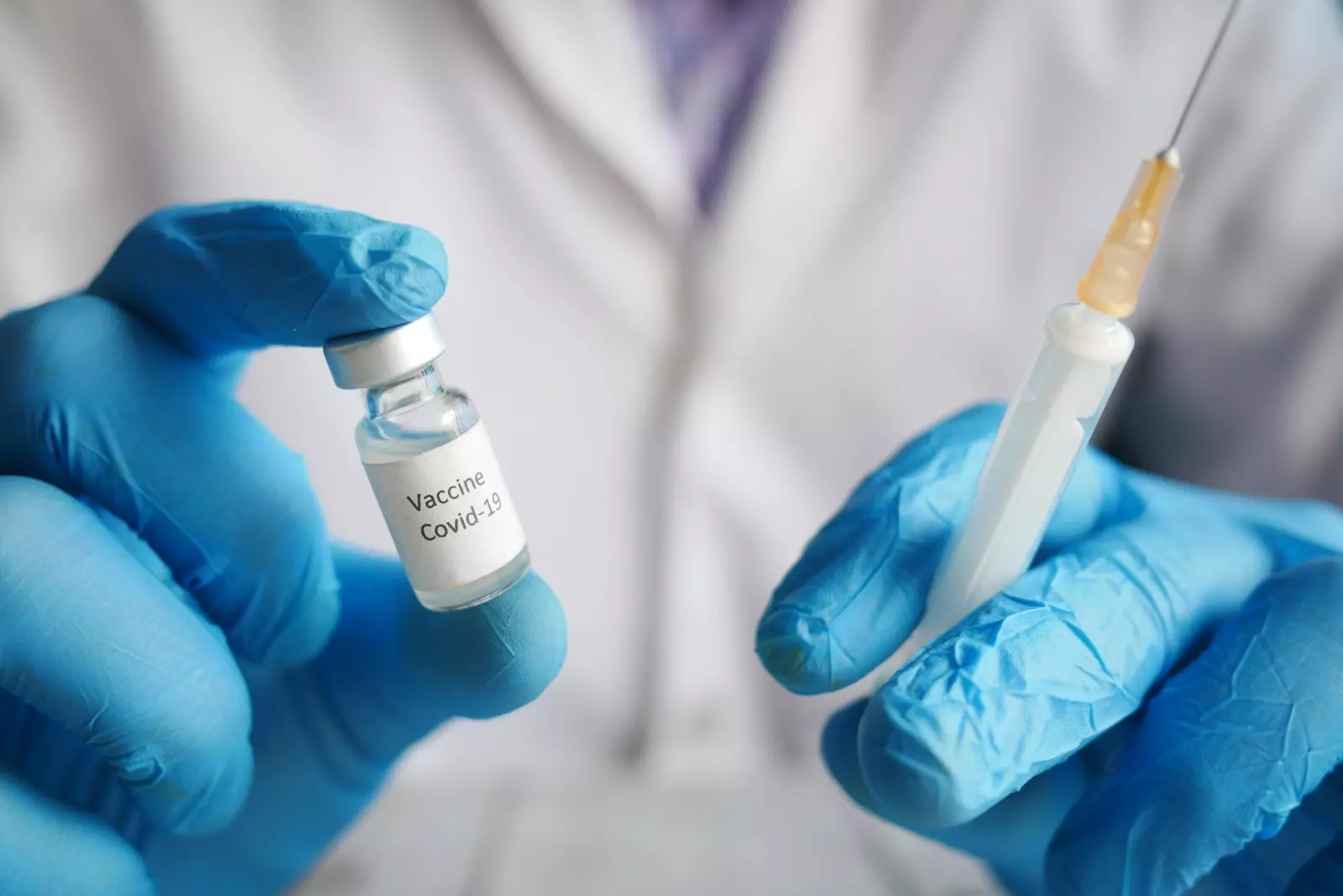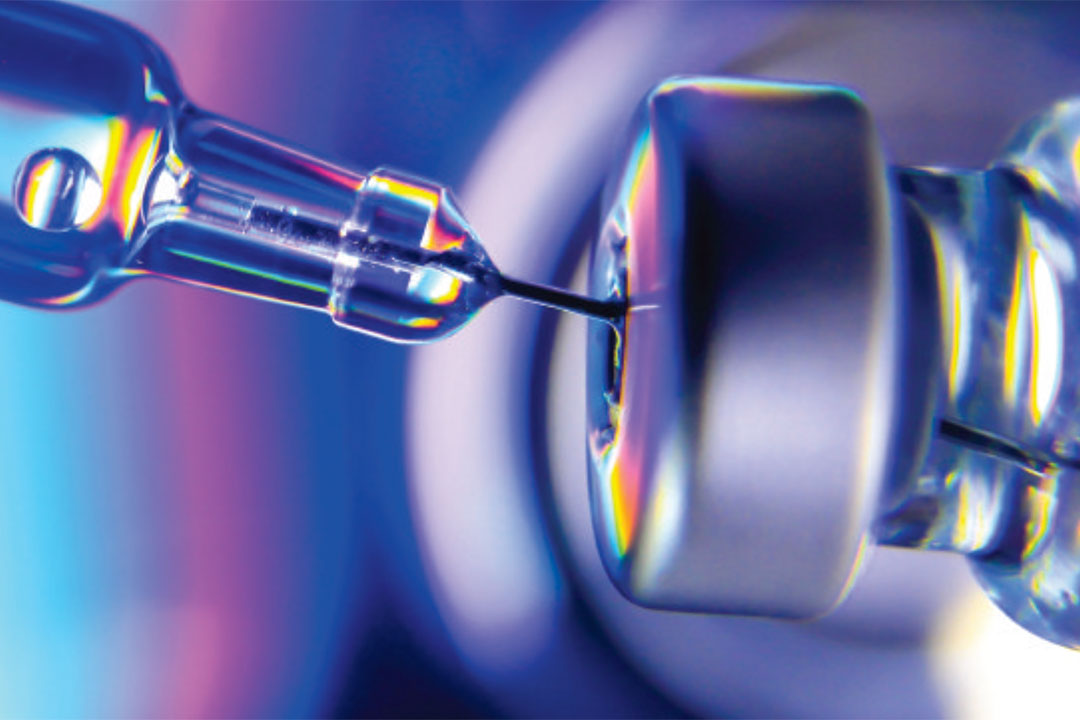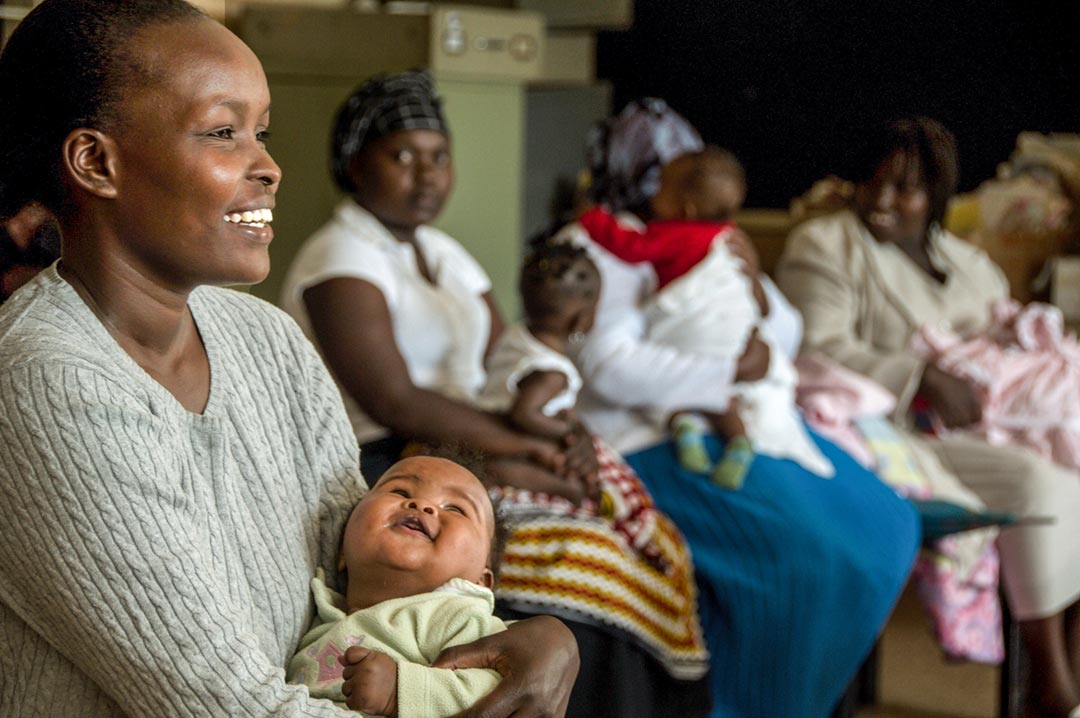What is the COVAX pillar, why do we need it and how will it work?
With more than 200 COVID-19 vaccines already in development, why do we need the Access to COVID-19 Tools Accelerator Vaccine Pillar, or COVAX Pillar?
- 26 June 2020
- 10 min read
- by Dr Seth Berkley

1. With more than 200 COVID-19 vaccines already in development, why do we need the Access to COVID-19 Tools Accelerator Vaccine Pillar, or COVAX Pillar?
To some extent, it is because we have so many COVID-19 vaccines in development that we need the COVAX Pillar. The response from the scientific community and vaccine manufacturers to this unprecedented global crisis has been phenomenal. The fact is we need one or more vaccines to end it. But the challenge we face is that we don’t know which of these efforts, if any, will ultimately succeed in producing a safe and effective vaccine. Normally, the probability of success for a vaccine in the preclinical phase is around 7%, rising to 15-20% for vaccines that reach clinical tests. Thus, we know that most candidate vaccines are likely to fail.
The COVAX Pillar aims to address a number of issues around this. First to make sure that all the most suitable candidate vaccines get the backing they need to give us the greatest chances of succeeding. The more of a diverse portfolio of vaccines we back the more likely we are to get a successful COVID-19 vaccine. As speed is critical in this pandemic, we can’t wait until testing is finished to make vaccines – because if we do, there will be enormous delays before large quantities are available. The solution is to be ready to produce vaccines at scale before we know if they work. If they don’t, we will have wasted some effort and money; if they do, we will be able to have vaccines to use immediately. Demand for a successful vaccine will be high and supply will be limited, so we will also need to ensure that access to any successful vaccines is equitable and not dependent upon ability to pay.
This last point is critical and one of the main reasons the Access to COVID-19 Tools (ACT) Accelerator was created, to accelerate the development of much needed COVID-19 diagnostics, therapeutics and vaccines. The COVAX Pillar, with Gavi, CEPI and WHO working together with industrial and developing country manufacturers, forms one of these, with a specific focus on the development, manufacture and delivery of COVID-19 vaccines for the world. Because unless everyone is protected, we are all at risk.
2. How exactly will it work?
The COVAX pillar works on a principle of safety in numbers, pooling resources from participating countries in order to back a larger number of candidate vaccines than any single country could do alone. The COVAX Pillar portfolio of COVID-19 vaccine candidates is the largest in the world. This principle works not just for development but also manufacturing. Normally it can take over a decade to develop a vaccine. Yet, we’re aiming to be ready to manufacture up to 2 billion doses by the end of 2021. This is unprecedented.
On the development side, this will be achieved through adaptive trials, carrying out different phases of clinical trials simultaneously, rather than in sequence as is normally the case. With manufacturing, vaccine manufacturers will usually not risk investing in building or scaling-up their production facilities until they know their vaccine works. After all, it can cost half a billion dollars to build just one facility. The COVAX Pillar will use “push” and “pull” mechanisms that will encourage manufacturers to invest in scaling-up and help share the risks associated with doing so.
“Push” financing will come in the form of direct catalytic investment in production facilities, while “pull” will provide manufacturers additional incentives to scale-up, through commitments to purchase substantial volumes of vaccine, if their vaccine is successful. Given that the majority of the vaccine candidates in development won’t succeed, there are obvious risks here. But by taking this approach, pooling resources and sharing the risks, we increase our chances of succeeding, and stand to share the rewards too if we do.
3. Who will get the vaccines?
Obviously, we’d want as many doses available as possible, but given the time it takes for scaling-up it’s likely that there won’t be enough for everyone initially. So, through the COVAX Facility, which Gavi is creating, doses will be distributed equitably as they become available between the self-financing countries that will pay for their doses and developing countries that would otherwise be unable to afford to pay for the vaccine. A small proportion of the total will also be kept in reserve to help tackle sporadic outbreaks and for humanitarian response.
For the self-financing countries, doses will be distributed equitably amongst participating countries, with each guaranteed enough doses to protect up to 20% of their population, as more doses become available. An equal allocation of doses dedicated to funded countries will be distributed according to the World Health Organization’s global allocation framework, which is being set up to ensure that the most vulnerable populations and health care workers get priority, so that we can tackle the pandemic most effectively.
Self-financed countries may have already secured doses through individual bilateral agreements with manufacturers. For these countries, the allocation framework won’t be relevant if they already have ensured protection for their highest-risk groups. However, they should be encouraged to follow the same principles as outlined in the allocation framework which are designed to provide as much protection to the entire global population as possible.
This approach is the only one to ensure that people in countries that cannot afford COVID-19 vaccines will get access immediately. Because of this, it is the best strategy to bring about an end to the acute phase of the pandemic, hopefully by the end of 2021. Once we reach this milestone, all partners will be able to take stock and agree on how best to tackle the next phase.
4. What about wealthier countries? Given that many are exploring bilateral deals with manufacturers, what have they got to gain?
The reality is that some countries have already concluded bilateral deals with vaccine manufacturers. For these countries, the COVAX Pillar will complement these deals. In this way, it acts like a classic insurance policy, allowing participants to increase their chances of getting vaccines for up to 20% of their population, and reducing the chances of getting no vaccines from bilateral agreements, as they may end up failing to reach licensure. In addition, based upon the experience of previous pandemics, not all self-financing countries will be able to make deals with manufacturers.
With the guiding principle that COVID-19 vaccines should be a global public good, the facility will provide transparency to participating countries. Oversight will be provided by a governance structure, currently in development in collaboration with all key stakeholders, including those from donor and recipient countries, manufacturers, private sector and civil society organisations.
The Facility will also be funded through Official Development Assistance by donor countries, which, through Gavi’s COVAX Advance Market Commitment (AMC), will be used to pay for the doses allocated to developing countries.
Ultimately, this is also an opportunity for self-financing countries to be part of the solution. Because by participating in the Pillar they will help bring this crisis closer to an end, by helping to accelerate the development of COVID-19 vaccines and ensure that everyone has access, including countries that would otherwise be unable to afford it. Even if individual countries manage to eliminate this coronavirus, the risk of resurgence will remain until all people, in all countries are protected.
5. How will manufacturers benefit from this?
From a business perspective, vaccine development is extremely risky. So while manufacturers may have confidence in their vaccine candidates, none of them know for sure whether clinical trials will reveal theirs to be both safe and effective, whether they can scale production and manufacturing, and whether they will encounter regulatory challenges. If they don’t get a licensed product, they stand to make significant losses. Under normal circumstances, this can be enough to deter a manufacturer from pursuing a potential vaccine, as can a lack of confidence that there will be a market for their product at the finish line.
The fact that so many manufacturers have stepped up in response to this crisis is incredibly encouraging and demonstrates their willingness to be part of the solution. But they can’t do it alone and can’t be expected to face the risks alone. The COVAX Pillar will help in a number of ways.
First, it will ensure that we don’t end up in a situation where the development of a potentially promising vaccine candidate stalls because of a lack of investment. One aspect of the Pillar involves continually reviewing the COVID-19 vaccine landscape to make sure that the most suitable candidates get the backing they need, so that none are overlooked.
Also, by supporting the cost of scaling-up manufacturing facilities before it is known whether their vaccine will be successful, the Pillar will help mitigate the potentially large investment risks they may face if it is not. And providing guarantees that large volumes of vaccine will be purchased if their candidates is successful, will give manufacturers confidence that there is demand for them.
The point here is that vaccine manufacturers clearly want to help, but vaccine development and manufacturing is not cheap and very risky. So even when we treat COVID-19 vaccines as a global public good, these companies have to be supported, to share the risk, and not be disincentivised by the potential of large losses.
Companies also understand that it would not be acceptable to their customers in all of the countries they work if just a few countries get all of the product and the rest get none. This would be less than ideal for them and could lead to a public relations disaster, since suffering from the epidemic would continue unabated.
Also important is technology transfer. While some of these companies are large multi-nationals, others are much smaller and may not have the scope to scale-up their production to the levels needed. So here the Pillar will facilitate partnerships between vaccine manufacturers, allowing technology transfer to enable third-party contract manufacturing to take place, to get the volumes we need.
6. Why do governments need to act now?
We need global commitments for vaccine multilateralism and not vaccine nationalism or regionalism.
The window of opportunity is closing! Every month of delay is likely to mean up to 200 million fewer doses and reduces the likelihood we’ll be able to produce the 2 billion vaccine doses we will need by 2021. This is why in order to have a shot at ending this crisis as swiftly as possible, we’re asking for expressions of interest from governments that want to participate as self-purchasers by 30 June so we can convene them on how we can work together. This will be followed by an initial 10% down payment of the total cost of their doses by 31 August, along with a guarantee for the purchase of the rest of their doses so that we can continue to do contingent purchases from manufacturers.
For the Gavi COVAX AMC element we also initially need US$ 2 billion to cover the cost of providing vaccines for the 90 developing countries that qualify as funded countries. We already have US$ 500 million secured. The AMC will not only help pay for the vaccine doses for people who would otherwise not be able to afford them, but it will also go towards overcoming the daunting task of distributing the vaccine in these countries.
So, while the Facility serves as an insurance policy for wealthy countries, for those countries unable to afford or enter into deals for doses it is likely their only feasible access to COVID-19 vaccines, and so, realistically, it is the only viable global solution to end this crisis any time soon. Because without it too many people will remain susceptible to this virus and so it will continue to spread. So the COVAX Pillar is the only way to achieve one world: protected.
More from Dr Seth Berkley
Recommended for you
